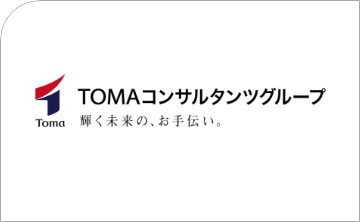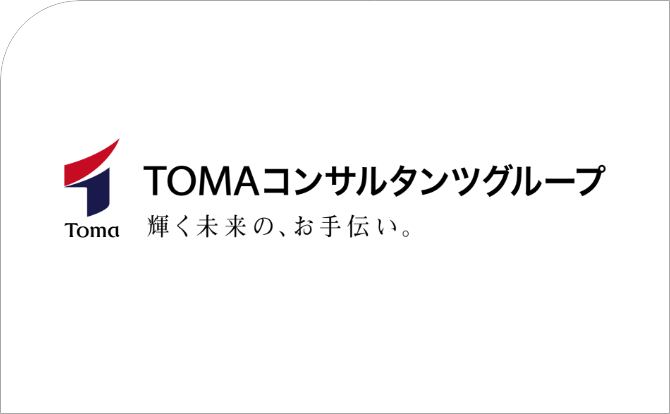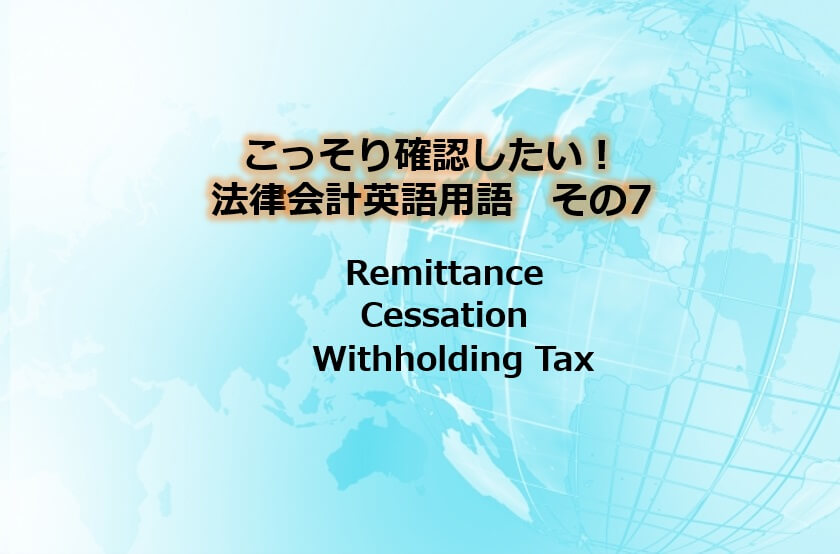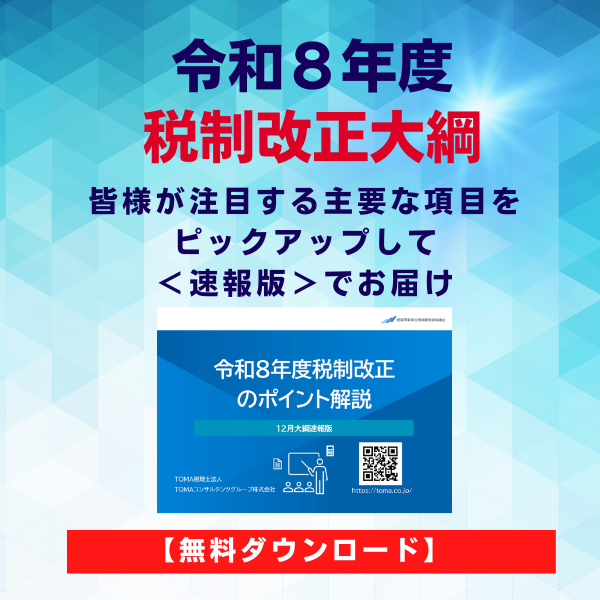今回は自己株式取得時の仕訳について、国際財務報告基準(IFRS)との違いも含めてお話します。
【日本の会計基準における処理】
自己株式を取得した場合、取得原価をもって貸借対照表価額とします。なお、貸借対照表で表示する場合は、資産ではなく、純資産の部の株主資本の末尾に自己株式として一括して控除する形式で表示します(自己株式及び準備金の額の減少等に関する会計基準第7項、第8項)。
また、自己株式の取得に関する付随費用は、損益計算書の営業外費用とします(同会計基準第14項)。
仕訳で示すと下記のとおりとなります。
(借)自己株式 ×× (貸)現金預金 ××
(借)支払手数料 ××
【国際財務報告基準(IFRS)における処理】
IFRSでも、自己株式の取得に関する付随費用以外については日本の会計基準と同様の定めをしています(IAS32号 Financial Instruments Presentation Paragraph 33)。
ただし、自己株式の取得に関する付随費用のうち、例えば行政機関への支払手数料、弁護士や会計士等専門家への手数料、印刷費や印紙代等の、取得に直接必要な費用については、資本項目で処理する旨を定めています(Paragraph 37)。
参考にシンガポールのFRS32号(シンガポールの会計基準ですが、国際財務報告基準と同じ内容を定めています)の文章原文を記載します。
Paragraph 33
If an entity reacquires its own equity instruments, those instruments (‘treasury shares’) shall be deducted from equity. No gain or loss shall be recognised in profit or loss on the purchase, sale, issue or cancellation of an entity’s own equity instruments. Such treasury shares may be acquired and held by the entity or by other members of the consolidated group. Consideration paid or received shall be recognised directly in equity.
Paragraph 37
An entity typically incurs various costs in issuing or acquiring its own equity instruments. Those costs might include registration and other regulatory fees, amounts paid to legal, accounting and other professional advisers, printing costs and stamp duties. The transaction costs of an equity transaction are accounted for as a deduction from equity to the extent they are incremental costs directly attributable to the equity transaction that otherwise would have been avoided. The costs of an equity transaction that is abandoned are recognised as an expense.
お問い合わせは、toma@toma.co.jp まで。












